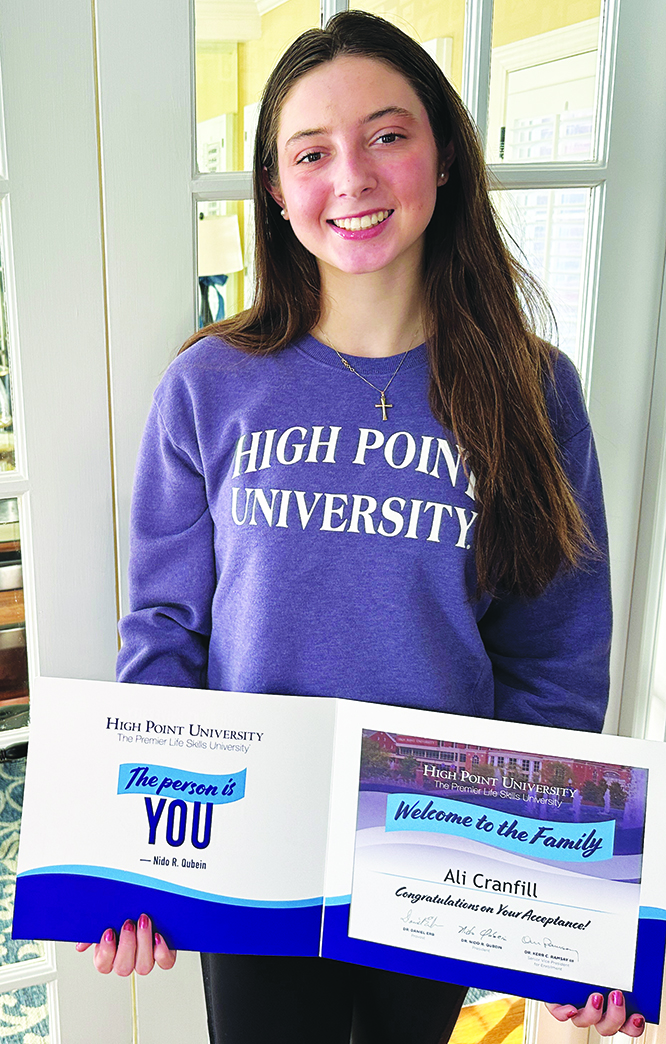‘Literary South’ gives a taste of many talents
Published 12:00 am Sunday, December 15, 2013
“A Visitor’s Guide to the Literary South,” by Trish Foxwell. The Countryman Press, Woodstock, Vt. 2013. 208 pp. $19.95.
SALISBURY — “A Visitor’s Guide to the Literary South” guides readers and travelers to sites of well-known writers of the South. This South includes North and South Carolina, Virginia, Tennessee, Alabama, Florida, Georgia, Kentucky, Louisiana, Mississippi. That’s a lot of states, and if you’re a regular reader, you know there are a goodly number of writers from these states who deserve recognition.
Foxwell, who has written in a number of national publications, is also the author of “Historic Hotels and Hideaways” and has lived and traveled throughout the South.
For whatever reason — the constraints of space or time — Foxwell sticks with big names, like William Faulkner, F. Scott Fitzgerald, Thomas Wolfe, Flannery O’Connor. There are some authors she writes about who are not household names, but they may be in their respective states.
North Carolina is chock full of writers, such as Salisbury’s John Hart, who made the New York Times bestseller list. There’s Wilma Dykeman, author of books about western North Carolina; there’s Jill McCorkle, Lee Smith and Ron Rash. Salisbury alone has Jenny Hubbard, Kurt Corriher and more.
In the North Carolina section of the book, Foxwell writes about Asheville, a natural jumping off point to learn about writers. Wolfe’s “Look Homeward Angel” was a sensation there. F. Scott Fitzgerald wrote in Asheville while his wife Zelda was in a sanitarium. Edith Wharton and Henry James also visited there. Carl Sandburg and his wife bought a farm in nearby Flat Rock where he wrote and she raised prize-winning goats.
The book also stops in Chapel Hill, mentioning Wolfe, Shelby Foote, Walker Percy, Robert Ruark, Richard Adler, Paul Green and Charles Kuralt. She heads to Durham, training ground for Reynolds Price and William Styron. Over in Greensobo, Foxwell can hardly ignore O. Henry, also known as William Sydney Porter, and Edward R. Murrow, though he’s more famous as a broadcaster. Paul Green in Manteo wrote the outdoor drama “The Lost Colony.” Wolfe, who traveled all over the state, ends up in Southern Pines, as does James Boyd. Ruark is in Southport and newsman David Brinkley grew up in Wilmington.
Foxwell writes a little history about each author and his or her place in the town mentioned, then includes Literary Lodgings and local diversions and attractions, complete with addresses, phone numbers and websites.
South Carolina, sadly, doesn’t get much attention. A section on Charleston discusses Dubose Heyward, who wrote “Porgy,” the inspiration for the musical “Porgy and Bess.”
The book is true to its title, “A Visitor’s Guide.” It’s just enough information for people to hit the high spots. For people who want to go deeper and learn more about North Carolina’s authors, particularly living ones, try the trilogy of North Carolina Literary Trails, “Literary Trails of Eastern North Carolina,” “Literary Trails of the North Carolina Piedmont” and “Literary Trails of the North Carolina Mountains,” by Georgann Eubanks. But as a Christmas gift, “A Visitor’s Guide” is enough information to whet the appetite or for stops on a Southern vacation.





